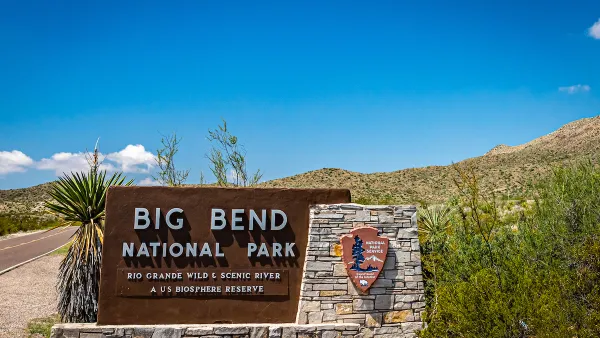During Australia's 12-year drought, cities like Brisbane cut water usage per-person-per-day by more than half. Andy Lipkis, the founder and president of TreePeople, believes Los Angeles can follow this example.
In the face of changing weather patterns due to climate change and with fewer trees today to capture, clean, and store rainwater, Lipkis argues that city residents must themselves collect as much of the resource as possible. Speaking at the USC Center for Sustainability’s Spring Forum titled "Envisioning Drought Resilient Cities," he shares the unprecedented success Australia experienced after its citizens installed rainwater-capture cisterns on their own homes. Relying on supplies in their backyards, he explains, changed Australians' relationship to water and encouraged them to conserve--along with harvesting drops that would otherwise be lost as runoff.
Predictions point to "hotter hots, wetter wets, and drier dries," leaving Southern California to prepare for increasingly extreme conditions. Lipkis sees this challenge as an opportunity to re-integrate water management, moving away from a system controlled by "bureaucracies that never talked to each other again like the tree talked to itself." As local agencies begin to work together on rainwater-capture solutions, Lipkis is hopeful that Los Angeles can follow Australia in dramatically decreasing demand.
He explains: "The City of LA throws away at least 3.8 billion gallons per inch of rainfall as runoff. Last month, when it rained 4 inches in one week during that storm, we threw away 13 billion gallons of water. We threw away 3.5 thousand gallons per person, for every one of the 4 million residents of the city. In the driest year in recorded history, we had a lot of water that we could have captured if we built a system like this... It’s going to take leadership, and leadership is emerging."
FULL STORY: Australia’s Rainwater Cisterns Inspire TreePeople’s Lipkis

Analysis: Cybertruck Fatality Rate Far Exceeds That of Ford Pinto
The Tesla Cybertruck was recalled seven times last year.

National Parks Layoffs Will Cause Communities to Lose Billions
Thousands of essential park workers were laid off this week, just before the busy spring break season.

Retro-silient?: America’s First “Eco-burb,” The Woodlands Turns 50
A master-planned community north of Houston offers lessons on green infrastructure and resilient design, but falls short of its founder’s lofty affordability and walkability goals.

Test News Post 1
This is a summary

Analysis: Cybertruck Fatality Rate Far Exceeds That of Ford Pinto
The Tesla Cybertruck was recalled seven times last year.

Test News Headline 46
Test for the image on the front page.
Urban Design for Planners 1: Software Tools
This six-course series explores essential urban design concepts using open source software and equips planners with the tools they need to participate fully in the urban design process.
Planning for Universal Design
Learn the tools for implementing Universal Design in planning regulations.
EMC Planning Group, Inc.
Planetizen
Planetizen
Mpact (formerly Rail~Volution)
Great Falls Development Authority, Inc.
HUDs Office of Policy Development and Research
NYU Wagner Graduate School of Public Service


























